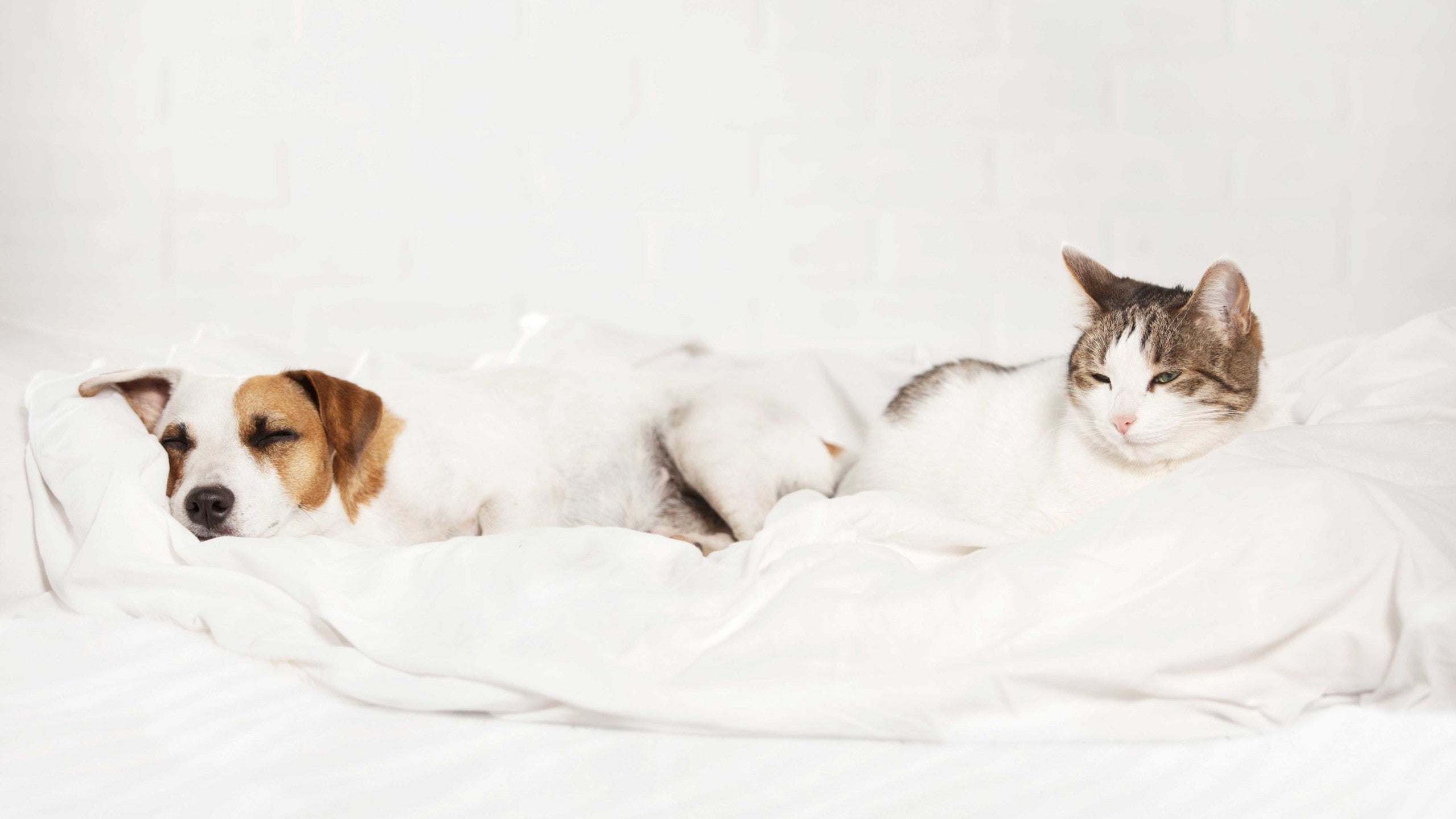This guide will break down the key distinctions in construction, warmth, and use of a down blanket vs comforter, helping you choose the perfect down bedding for a comfortable sleep experience.
The Main Event: The Down Comforter
A down comforter is designed to be the primary, top layer of your bedding and your main source of warmth. It's the heavy-hitter for cold nights, providing a cloud-like feel perfect for snuggling.
- Construction: Down comforters typically feature a baffle-box construction. This design uses small strips of fabric to create individual 3D chambers, which allows the down to achieve its maximum loft or fluffiness and prevents the fill from shifting or bunching. They also have corner loops to secure the duvet insert inside a duvet cover.
- Warmth: Down feather comforters have a higher fill power and contain more down, making them significantly warmer and puffier than blankets. The higher the fill power, the larger the down clusters, which provide improved natural insulation and breathability. They come in various weights (lightweight, all-season, heavyweight) to suit different climates and sleepers.
- How It's Used: A baffle-box comforter is almost always used inside a protective duvet cover and serves as the main insulating layer on a bed, especially during the winter.
The Versatile Challenger: The Down Blanket
A down blanket is a thinner, more versatile layer. If you're looking for a light, cozy escape for year-round use, a down blanket is where your search ends.
- Construction: Down blankets use a sewn-through or box stitching construction, where the top and bottom fabric layers are stitched directly together. This keeps the fill material evenly distributed and creates a thinner, less lofty profile that drapes more closely to the body.
- Warmth: Because they contain less fill, down blankets are much lighter and have a lesser insulating ability than comforters. They provide ample warmth for milder temperatures and are an ideal choice for hot sleepers or for use during summer months.
- How It's Used: A down blanket is a multi-season tool. It can be used on its own in warmer weather, as an extra layer of warmth between your top sheet and comforter in the winter, or as a cozy throw on the couch.
Down Blanket vs. Down Comforter: The Key Differences at a Glance
|
Feature |
Down Comforter |
Down Blanket |
|---|---|---|
|
Primary Role |
Main source of warmth; top bedding layer |
Versatile layer for year-round use |
|
Construction |
Baffle-box (for maximum loft) |
Sewn-through (for a thinner profile) |
|
Warmth Level |
High (designed for cold weather) |
Light to Medium (all-season) |
|
Loft/Fluffiness |
Very high and puffy |
Low to medium; more of a drape |
|
Weight |
Heavier |
Lighter |
|
Best For |
Cold sleepers; winter months |
Hot sleepers; summer/spring; layering |
How to Choose Your Perfect Layer: Comforter vs. Blanket
The choice between the two natural material luxury linens comes down to your personal needs and sleeping habits, and preferences.
Choose a down comforter if:
- You live in a cold climate or get cold easily.
- You want that thick, "sinking into a cloud" feeling from a single, powerful insulating layer.
- You prefer using a duvet cover for style and protection from dust mites or dust.
Choose a down blanket if:
- You live in a warmer climate or are a hot sleeper.
- You want a lightweight layer for summer or a cozy addition for the sofa.
- You love layering your bedding to easily adjust your temperature throughout the night.
Final Words: It's All About How You Sleep
Getting a restful night's sleep is essential for our health, and the right bedding product is a vital part of creating a comfortable and cozy bed. Both down products promise incredible, lightweight warmth thanks to their soft, fluffy filling.
The right choice when it comes to down comforter vs blanket isn't about which is "better," but which one best suits your climate, promotes optimal body temperature regulation, and your personal style of comfort. A comforter is a powerful, standalone insulator designed to be the star of the bed, while a blanket is a versatile, lightweight layer perfect for year-round flexibility. By understanding these key differences, you can make an informed decision and invest in an enhanced sleep quality, night after night.



Leave a comment